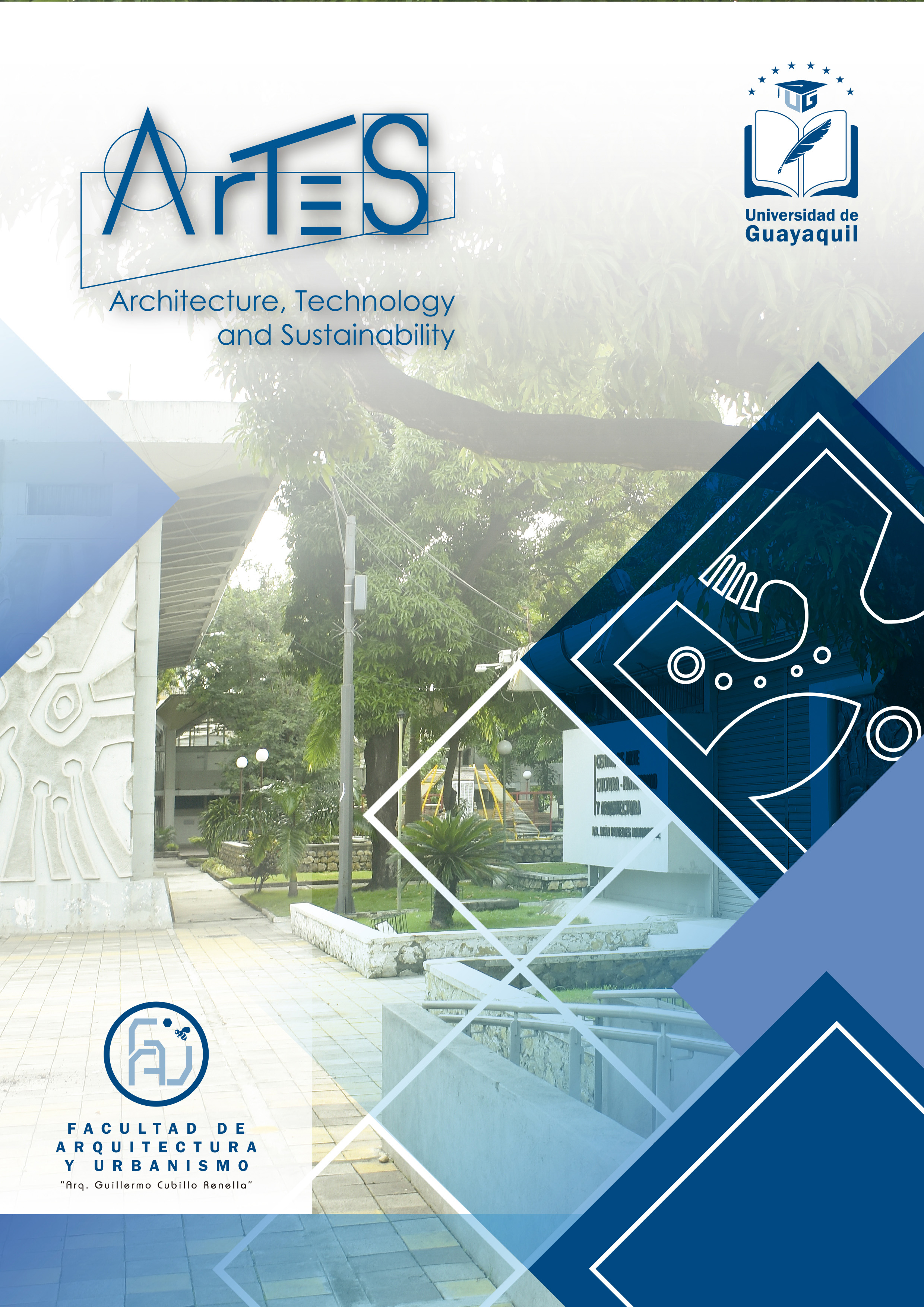Abstract
Insecurity as a structuring component of the territory has developed in Ecuador as deficient management since instruments of public policies and citizen control are not used. In the present research work, the situation of the City of Guayaquil case study is evaluated, and the level of insecurity in the polygon indicated between Av. De las Américas, Av. Kennedy, Av. Delta and Av. José Santiago Castillo. The study analyzed the possible causes of insecurity, among which is the lack of police units in the area. The methodology is oriented towards the qualitative and quantitative analysis of the problem using participant observation. In addition to a comparative study of the level of insecurity depending on the type of crime. Finally, the mapping of urban voids, police points, and public lighting that indicates the areas was developed using the ArcGIS software. It is concluded that insecurity is most frequently found at night, in areas with less presence of urban activity, for which strategies must be used to increase the level of security by and for users.
References
A. C. Rodriguez, “Recovery of the formal and spatial characteristics of nono’s vernacular dwellings (Ecuador) in contemporary contexts,” in International Archives of the Photogrammetry, Remote Sensing and Spatial Information Sciences - ISPRS Archives, Jul. 2020, vol. 54, no. M–1, pp. 81–86. doi: 10.5194/isprs-annals-IV-5-W2-81-2019.
D. Hidalgo, F. Silveira, D. Padilha, A. F. Bassani, and I. Nascimento, “Violência urbana e políticas de segurança: Análise em quatro cidades latino-americanas,” Eure, vol. 47, no. 141, pp. 165–182, 2021, doi: 10.7764/EURE.47.141.08.
M. P. López-Sánchez, T. Alberich, D. Aviñó, F. Francés García, A. Ruiz-Azarola, and T. Villasante, “Participatory tools and methods for community action. SESPAS Report 2018,” Gaceta Sanitaria, vol. 32. Ediciones Doyma, S.L., pp. 32–40, Oct. 01, 2018. doi: 10.1016/j.gaceta.2018.06.008.
O. Peek, M. Hordijk, and V. d’Auria, “User-based design for inclusive urban transformation: learning from ‘informal’ and ‘formal’ dwelling practices in Guayaquil, Ecuador,” Int. J. Hous. Policy, vol. 18, no. 2, pp. 204–232, Apr. 2018, doi: 10.1080/19491247.2016.1265268.
J. R. Hechavarría Hernández, B. Forero, and R. Vega Jaramillo, “Universal access and inclusive dwelling design for a family in monte sinahí, Guayaquil, Ecuador,” in Advances in Intelligent Systems and Computing, 2020, vol. 1131 AISC, pp. 1094–1100. doi: 10.1007/978-3-030-39512-4_166.
E. Lund and O. R. Bringa, “From visions to practical policy: The universal design journey in Norway. What Did We Learn? What Did We Gain? What Now?,” in Studies in Health Technology and Informatics, 2016, vol. 229, pp. 43–52. doi: 10.3233/978-1-61499-684-2-43.
M. Ginzarly, A. Pereira Roders, and J. Teller, “Mapping historic urban landscape values through social media,” J. Cult. Herit., vol. 36, pp. 1–11, Mar. 2019, doi: 10.1016/j.culher.2018.10.002.
A. Serra-Llobet and M. A. Hermida, “Opportunities for green infrastructure under Ecuador’s new legal framework,” Landsc. Urban Plan., vol. 159, pp. 1–4, Mar. 2017, doi: 10.1016/J.LANDURBPLAN.2016.02.004.

This work is licensed under a Creative Commons Attribution-NonCommercial-NoDerivatives 4.0 International License.
Copyright (c) 2023 Derly Tamara Ramirez Aguilar, Maytte Ivonne Revilla Espinoza
